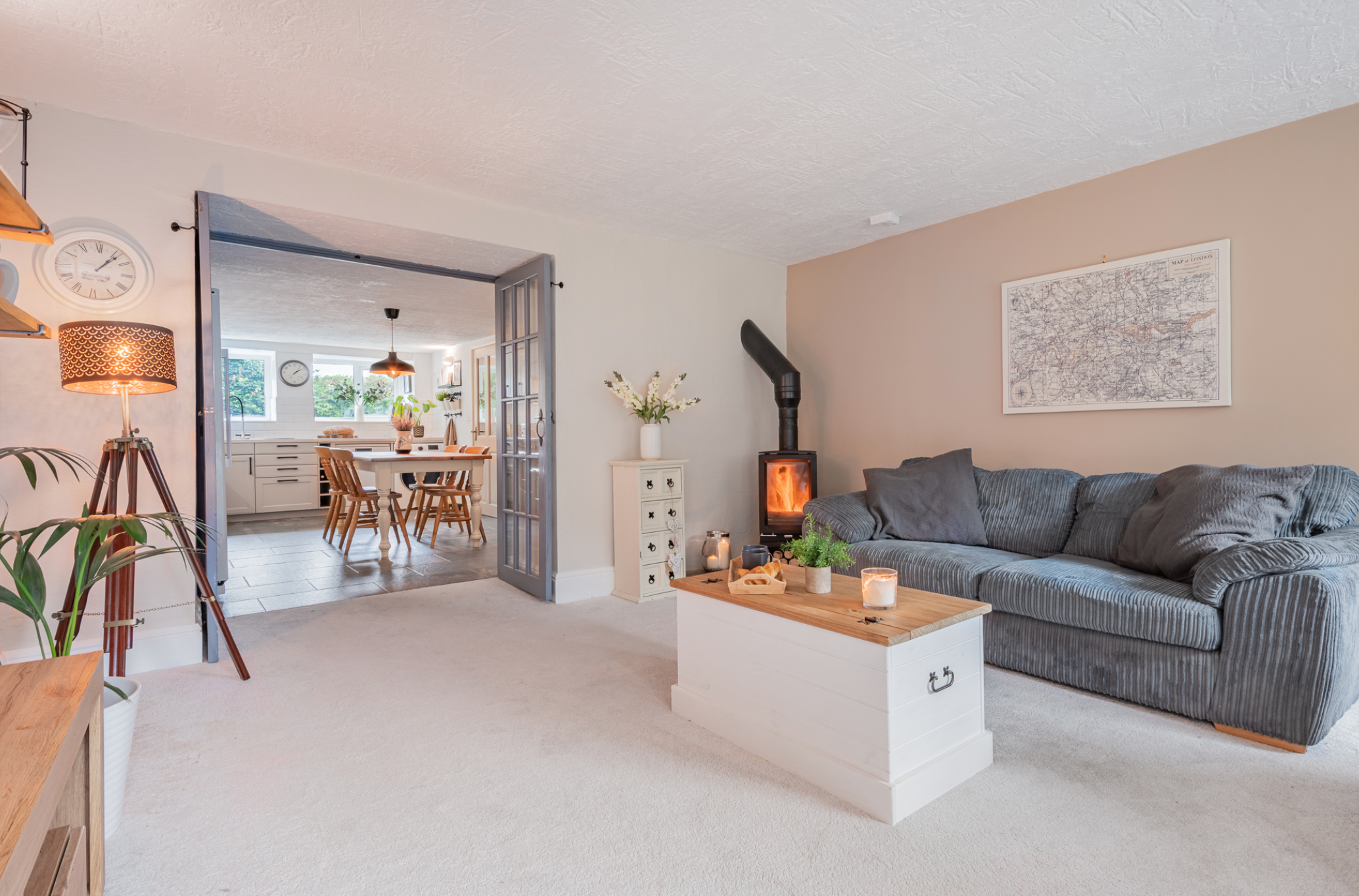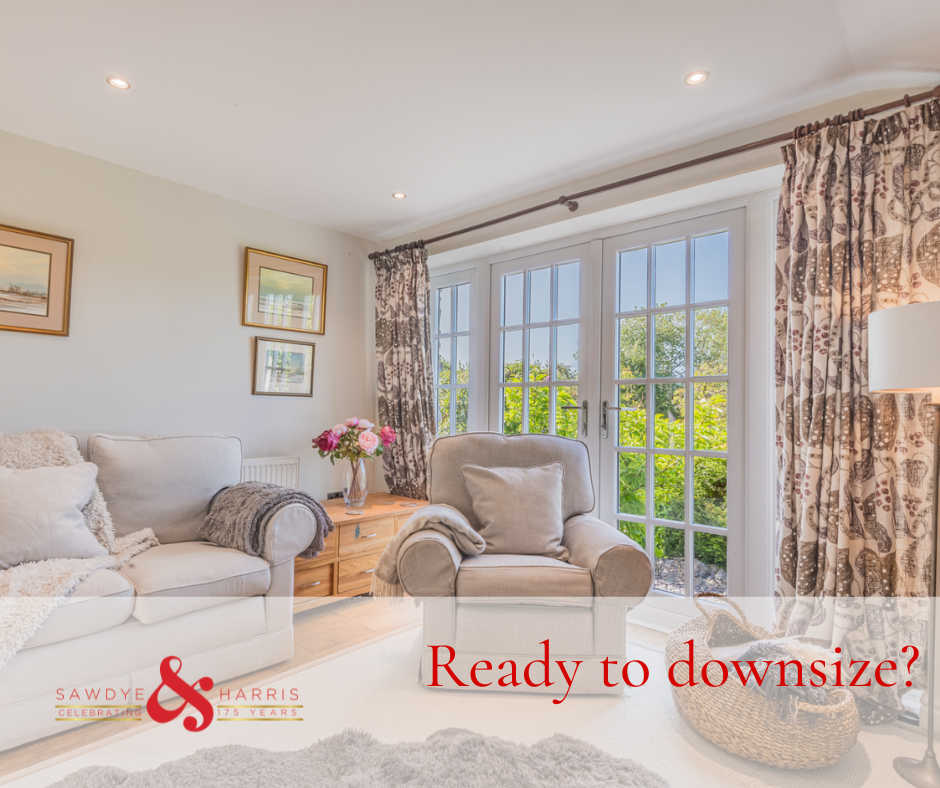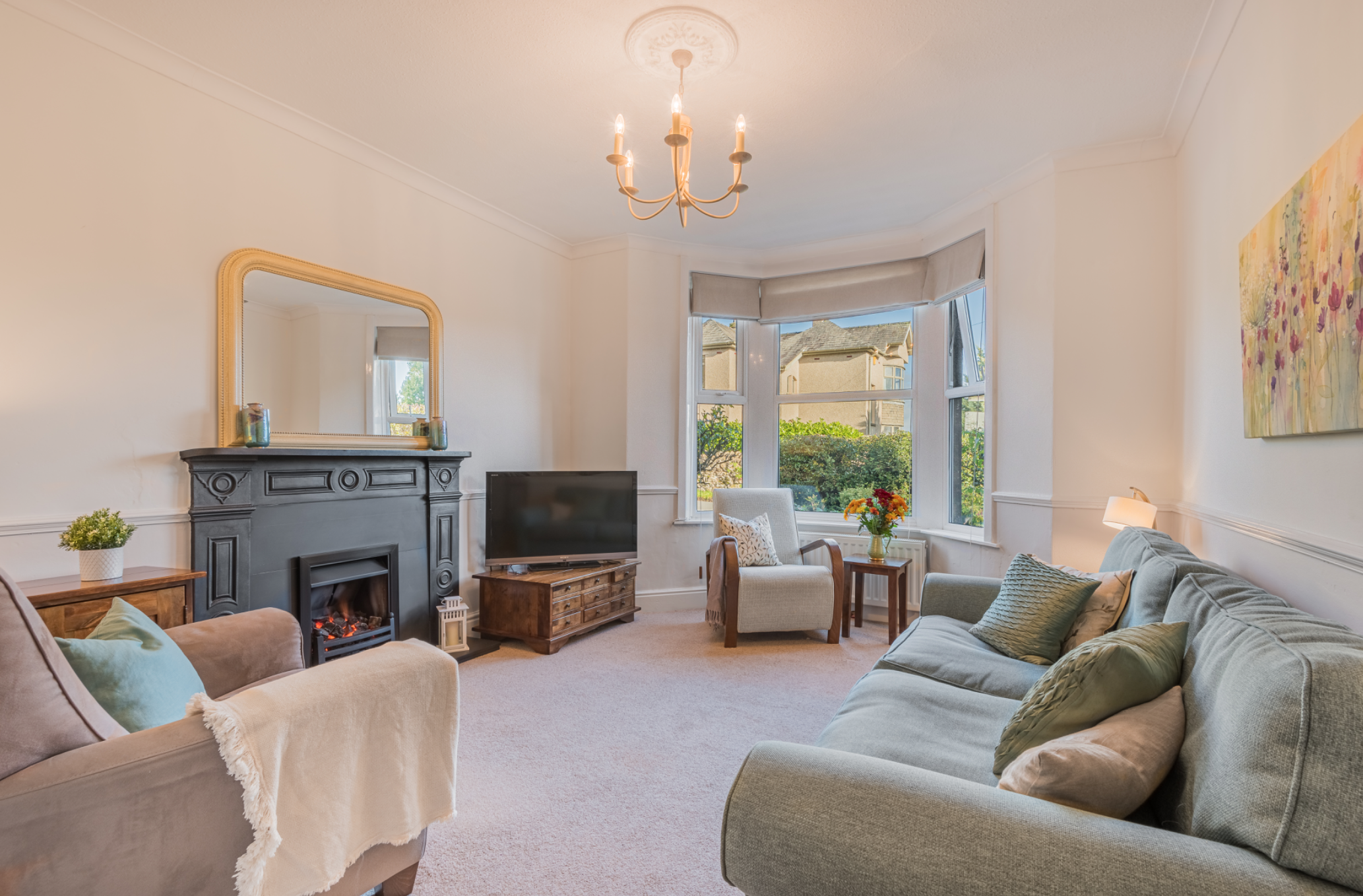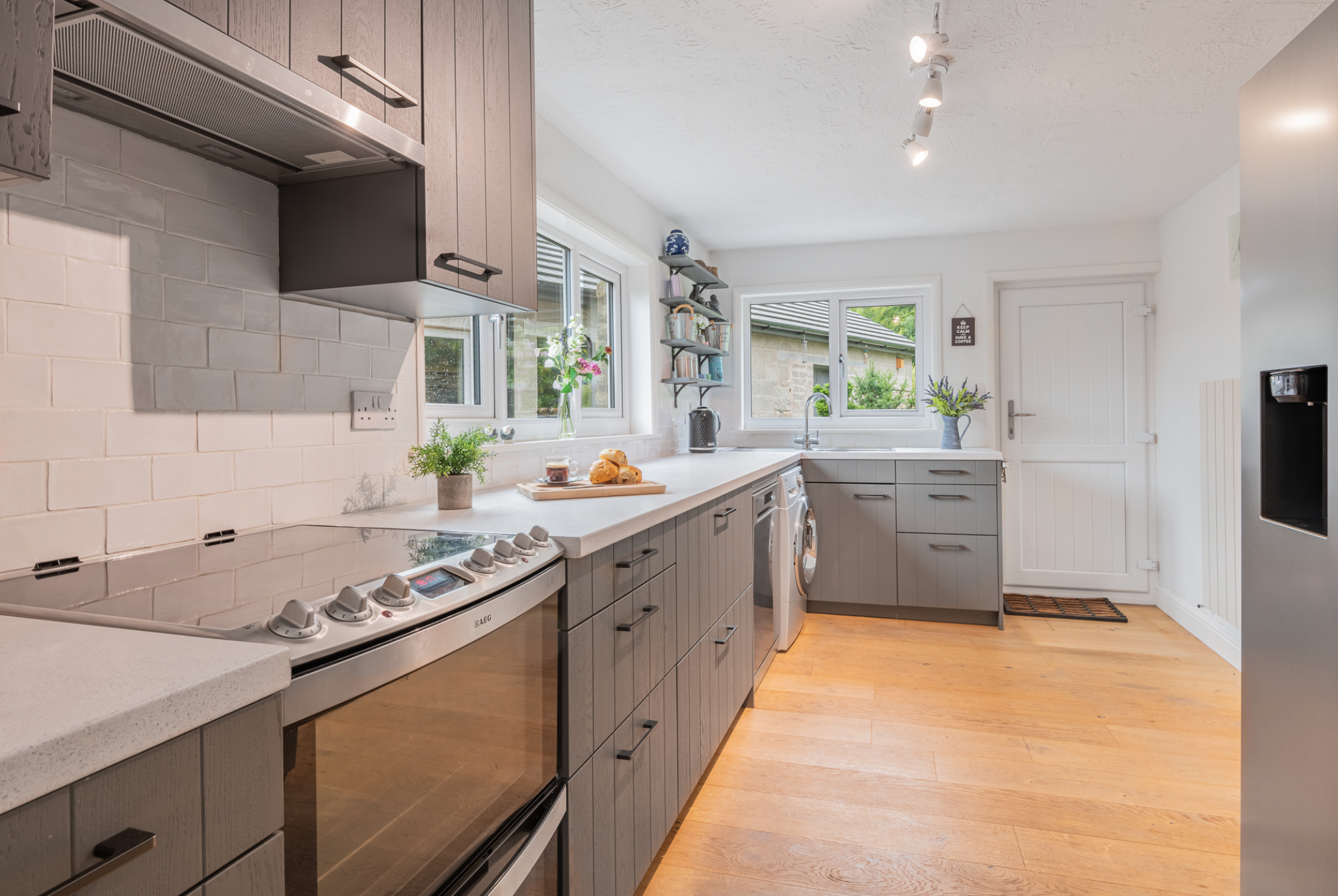We understand that selling a high-end home is about much more than bricks and mortar. It is about showcasing a lifestyle, a vision, and the unique character that sets your property apart. Whether you are considering an off-market property sale or preparing your home for exclusive property listings, a few thoughtful changes can make all the difference.
Let us share some practical advice, inspired by years of experience and countless client testimonials, on how to add value to your home and attract discerning buyers who appreciate the finer things in life.
Why Presentation Matters in High-End Property Sales
When it comes to selling unique homes, first impressions are everything. Buyers of premium properties are looking for more than just space; they are searching for an experience, a feeling of arrival, and a sense of belonging. That is why we always recommend starting with a fresh perspective on your home’s presentation. Imagine walking into your own home as a buyer. What would catch your eye? What would make you pause and appreciate the details?
Our bespoke home selling approach begins with a thorough market appraisal and a seller consultation, ensuring every aspect of your property is considered. We believe that every home has its own personality, and our tailored marketing strategies are designed to highlight what makes yours special.
Professional Photography: Capturing the Essence of Your Home
A picture is worth a thousand words, especially in high-end property sales. Professional photography does more than showcase your rooms; it captures the mood, the light, and the unique features that set your home apart. We have seen time and again how stunning visuals can transform interest into action, drawing buyers into your story.
Consider this: when a potential buyer scrolls through exclusive property listings, what will make them stop at yours? It is often that one breathtaking image of a sunlit conservatory, a perfectly set dining table, or a beautifully landscaped garden. Investing in professional photography is not just about the present; it is about creating a lasting impression that lingers in the minds of buyers.

Home Staging: Creating Spaces That Inspire
Home staging is an art form in itself. It is about creating inviting spaces that allow buyers to picture themselves living in your home. We often find that even the most luxurious properties benefit from a fresh pair of eyes and a thoughtful rearrangement of furniture and decor.
Imagine walking into a living room that feels both elegant and lived-in, or a bedroom that exudes tranquillity. These are the rooms buyers remember. Our advice is to keep spaces uncluttered, let in plenty of natural light, and add a few carefully chosen accessories that reflect the lifestyle your home offers. Sometimes, a simple vase of fresh flowers or a stack of art books can make all the difference.
Virtual Tours: Bringing Your Home to Life
In today’s digital age, virtual tours have become an essential part of premium property marketing. They allow buyers to explore your home from the comfort of their own, offering a sense of connection and familiarity before they even step through the door. We have found that virtual tours can be particularly effective for off-market property sales, where discretion is key.
A well-executed virtual tour showcases the flow of your home, highlights its best features, and gives buyers a sense of scale and proportion. It is like inviting them in for a private viewing, no matter where they are in the world.
The Importance of Curb Appeal
Never underestimate the power of a great first impression. The journey to your front door should be as inviting as the home itself. We suggest paying attention to the small details that make a big difference: a freshly painted gate, neatly trimmed hedges, or a welcoming entrance hall.
For those with gardens, consider how the outdoor space complements the interior. A well-maintained garden not only adds to the visual appeal but also extends the living space, offering buyers another reason to fall in love with your property.
Tailored Marketing Strategies for Unique Homes
Every home is different, and that is why we believe in personalised service and tailored marketing strategies. Whether your property is a historic townhouse, a modern penthouse, or a country estate, our approach is always bespoke. We take the time to understand your goals, your timeline, and your vision for the future.
From discreet property sales to high-profile launches, we have the negotiation expertise and market knowledge to guide you through every step of the property selling process. Our team is dedicated to making your experience as smooth and successful as possible, from the initial market appraisal to the final handshake.

Moving Home Tips: Preparing for the Next Chapter
Selling a home is not just about the property; it is about the people and the memories that make it special. As you prepare for your next chapter, we offer expert property advice to help you navigate the moving process with confidence.
Whether you are downsizing, relocating, or simply ready for a change, our team is here to support you every step of the way. We understand the emotional side of moving home and are committed to making the transition as seamless as possible.
Why Choose Our Team for Bespoke Home Selling
What sets us apart is our commitment to personalised service and our passion for selling unique homes. We are not just estate agents; we are storytellers, negotiators, and trusted advisors. Our client testimonials speak for themselves, with many sellers returning to us time and again for our expert property advice and unwavering support.
We take pride in our negotiation expertise and our ability to achieve the best possible outcome for our clients. Whether you are considering an off-market sale or a high-profile launch, we are here to help you every step of the way.
If you’d like a hand or some tailored advice, don’t hesitate to reach out.













